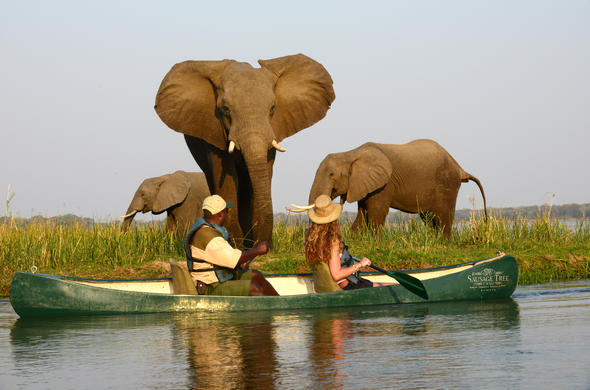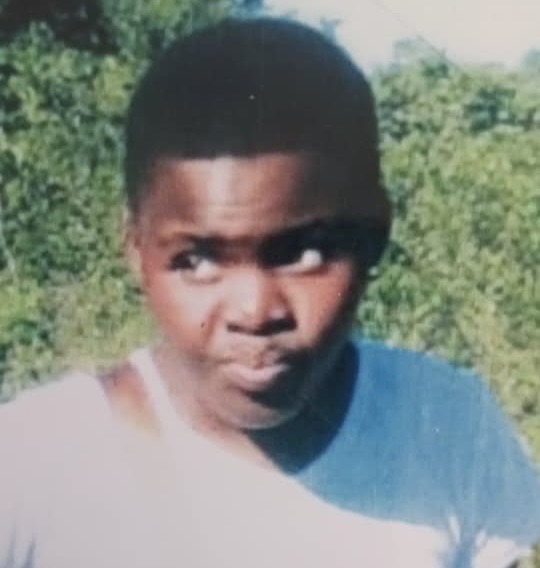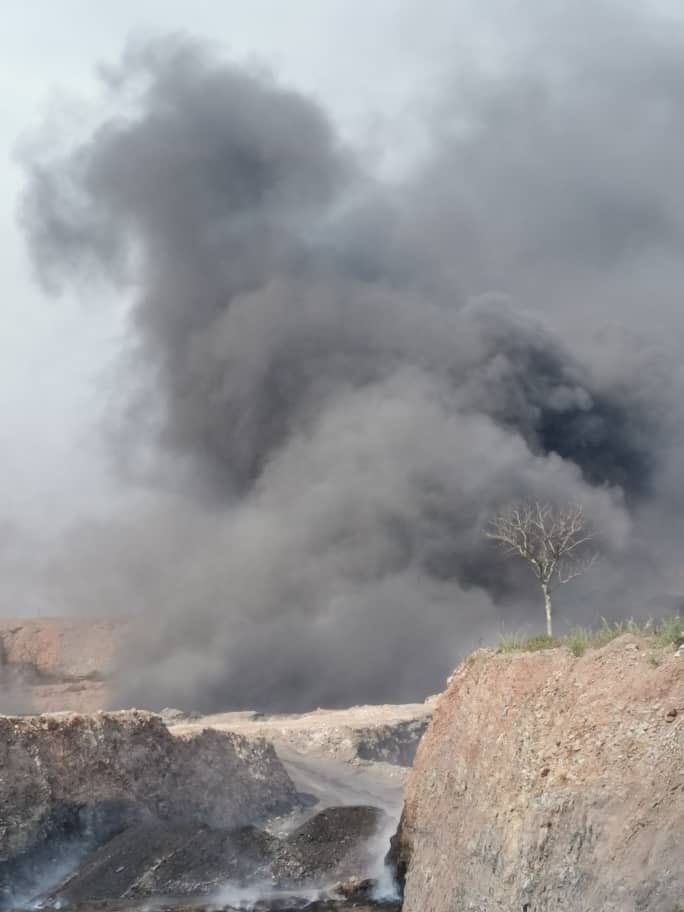BY TERRY WARD
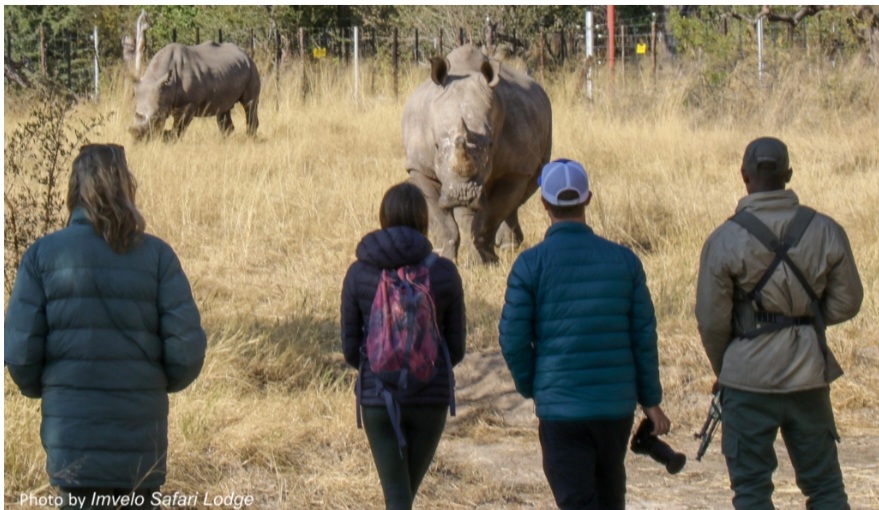
To walk among rhinos is no subtle thing.
The animals themselves are, after all, enormous, with males tipping the scales at over 5,000 pounds and females typically punching around the 3,700-pound mark.
To watch them stop to pick up your scent and sounds when they can’t yet quite see you in the distance, their ears swivelling like satellite dishes, can make your heart thunder in your ribs.
But it was the measured deliberateness in the manner of two white rhinos moving through their new territory at the edge of Hwange National Park — Zimbabwe’s largest national park, from which the species was poached to disappearance sometime in the early 2000s — that struck me most as I plodded within meters of the magnificent Thuza and Kusasa at the Imvelo Ngamo Wildlife Sanctuary.
Then, once I regained my composure somewhat from the rush of it all, the surprise was that these animals are even here at all.
The newly established preserve for the two male white rhinos, set on communal land formerly used as important grazing grounds by livestock owners from neighboring villages in the Tsholotsho district, is at the heart of the Community Rhino Conservation Initiative (CRCI).
It’s a landmark conservation project in a country often overlooked as a safari destination in favour of neighbouring South Africa and Botswana.
And it’s the people who live in the areas bordering the park who are now charged with protecting Thuza and Kusasa.
The two bulls are the first animals to occupy what the CRCI hopes will eventually be a string of sanctuaries lining the park’s boundaries (with the eventual goal of someday safely reintroducing the animals into the 5,657-square-mile park itself).
In May of this year, after years of preparation, much of which took place during the throes of the pandemic, the animals (donated by a private reserve, Malilangwe, in south-eastern Zimbabwe) were translocated by road some 500 miles across the country to communal land that has been turned into a reserve for the purpose of protecting the rhinos.
And now, tourists can visit the rhinos at the CRCI and walk alongside them, protected by villagers paid to guard the animals.
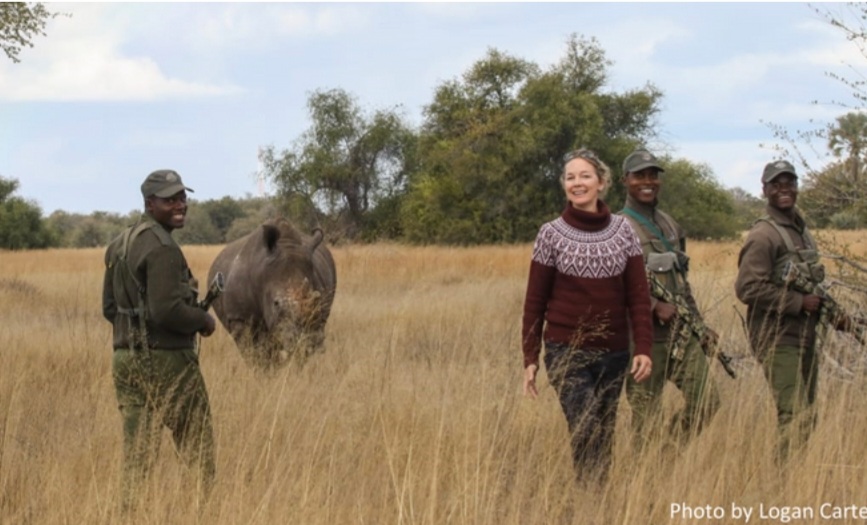
| The CRCI represents a milestone for conservation in Zimbabwe because it’s the first attempt to house rhinos on community land in the country, says Bruce Clegg, a senior ecologist with the Malilangwe Turst who is also a member of Zimbabwe’s National Rhino Committee (part of ZimParks, the country’s Parks and Wildlife Management Authority).
“If successful, the project may act as a catalyst for similar initiatives and, in so doing, help to foster an improved relationship between people and wildlife,” Clegg says.
“Africa is littered with failed community wildlife projects because they have been forced down a community’s throats and later rejected,” says Zimbabwean Mark Butcher, a former national parks ranger and managing director of Imvelo Safari Lodges, a key partner in the initiative.
He remembers when white rhinos roamed free in the Hwange’s southern grassy lands, and when the last one was poached away from it too (there are still a handful of black rhinos in the park’s remote northern reaches, Butcher says, but they are rarely seen). And he’s dreamed of seeing white rhinos back in Hwange since.
But while conserving and preserving for future generations is a “wonderful concept,” Butcher says, it’s one that is a luxury to many people in Africa who are starving or just trying to find the money to pay school fees for their children’s education.
“Particularly people living around the parks in Africa can’t afford that luxury [of a Western mindset toward conservation],” he says.
But Butcher is convinced the way to turn communities into conservationists is straightforward.
“It’s about creating jobs and socioeconomic developments so the cost of poaching is higher than the cost of protection,” he says.
To that end, the CRCI spent the pandemic training roughly 30 men from the local villages to be scouts. They are the brawn and brains behind the Cobras Community Wildlife Protection Unit (called the COBRAS).
The unit not only closely guards Thusa and Kusasa around the clock on foot patrols and from observation towers, but is also on call to help people from nearby villages address problem animals — such as elephants trampling a crop of watermelons or lions menacing a farmer’s cattle.
Female villagers are being recruited to the CRCI to work on intelligence and surveillance efforts related to anti-poaching too.
“People don’t have bank accounts here, they have cattle,” Butcher says.
And using communal land as a guarded wildlife sanctuary also serves as a buffer between the people living in the villages and the wild animals living in the national park that often menace them and their livelihoods. |
Funds raised from tourists visiting the CRCI — where it’s possible to enter the land inside the sanctuary’s electrified gates to walk alongside the rhinos while listening to the stories of the COBRAS, some of whom were former poachers themselves — go directly toward community improvements to schools, boreholes and healthcare facilities.
Visitors currently pay a US$180 optional fee to walk with the rhinos, but next year a US$100 per person rhino conservation fee will be applied to all guests at Imvelo’s four safari lodges.
The revenue raised is already being used to fund operating expenses and nurses salaries at a new clinic in nearby Ngamo, in addition to supporting the rhino cause.
For 26-year-old COBRA Wisdom Mdlongwa, the rewards of helping protect these animals — that he is also seeing for the first time in his life here in his home region — are already becoming clear.
The COBRAS are celebrated as local heroes in their home villages, where kids play COBRAS in the sandy streets in the same way others around the world might play cops and robbers.
“I didn’t grow up seeing rhino,” Mdlongwa says.
“But now, in addition to tourists, local people also get the chance to come here and see them.”
And witnessing the impact on the local schoolchildren who visit the COBRAS and CRCI to see the rhinos has given him hope that in the future the village’s younger children will want to earn their livelihoods and provide for their families working to protect the animals.
“Once we have money from this project, it helps support our community in many ways,” he says.
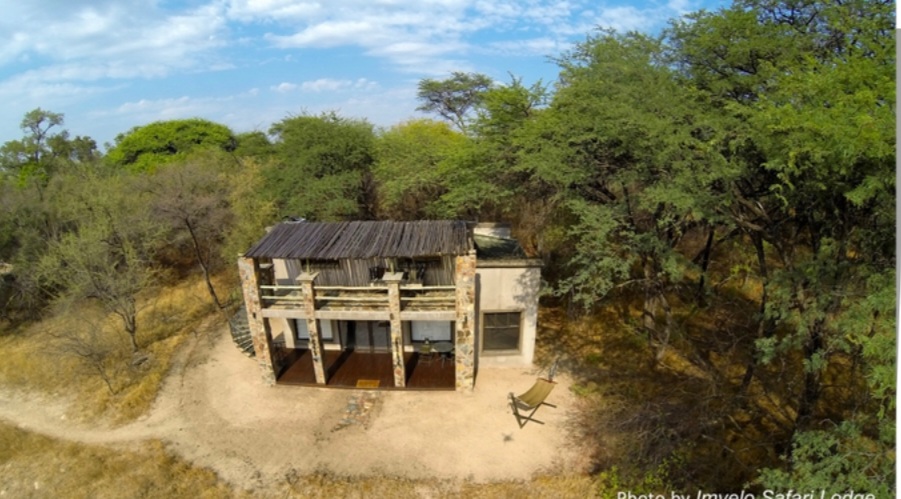
Visitors who come to visit the rhinos and meet the COBRAS are usually staying at Imvelo’s Camelthorn Lodge, on a plot of communal land adjacent to the sanctuary.
One of Imvelo’s four safari lodges in and around Hwange National Park, the eight-villa property first opened its doors in 2014 and is managed by two women from neighboring Ngamo village.
Before construction began, the late village chief of Ngamo, Chief Mathuphula, was adamant that instead of building the lodge in the typical fashion of luxury canvas safari camps across Africa, it should be constructed in a permanent fashion, with the main lodge and accompanying guest accommodations made from concrete and stone instead of canvas.
That way, Camelthorn would stand the test of time for future generations — whether it would continue to operate as a tourist lodge in the future or not.
“The whole community is very proud of what has been achieved and what our local people have done with the building of Camelthorn Lodge,” says Johnson Ncube, the current Ngamo line village headman.
“I know that with this kind of lodge built out of concrete, it is going to remain standing for quite a long time, whereby even the coming generation will be able to enjoy it.”
“And I know one day, even if Imvelo is gone, this structure will remain standing for us where the community can run it as a lodge for more years and to benefit coming generations,” he says.
It is a sentiment that Butcher of Imvelo Safari Lodges wholly supports.
“The reality is that the long-term future of Africa’s wildlife will be decided by the rural communities that live with that wildlife,” he says.
Butcher says there are plans to open a second, larger sanctuary in 2023 on neighbouring communal land, with the selection and training for new COBRAS scheduled to start this November.
And in working to bring rhinos back to the border of Hwange National Park and onto community lands with CRCI, he says he is hanging his entire reputation on the concept of community-based conservation.
Afterall, Thuza and Kusasa — who were dehorned to protect them in transit as well as to make the animals less attractive to poachers — still face an ongoing poaching threat.
Butcher acknowledges it’s only a matter of time before there’s an attempted strike on the animals (the COBRAS are taught to shoot to kill any potential poacher).
But as long as the animals remain protected, the risks will be worth the reward.
“I strongly believe we have a moral obligation to ensure that the communities that live next door to wildlife and protect it — these communities that bear the consequences of living next door to the lions and elephants and rhinos, and what that means for their agriculture and families and their own livelihoods — that they are the ones that get the benefits from the wildlife and tourism benefits that derive from conservation.”
“The only way wildlife and wild places in Africa can survive is with the support of the communities that live around those protected areas and wildlife,” Butcher says.
“That’s why people need to come on safari, it’s critical to conservation.”
OZY
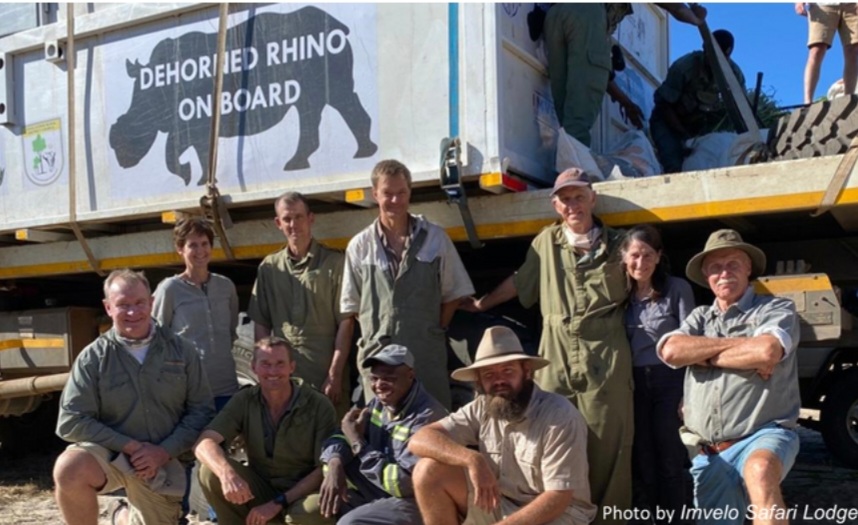

 Slider3 years ago
Slider3 years ago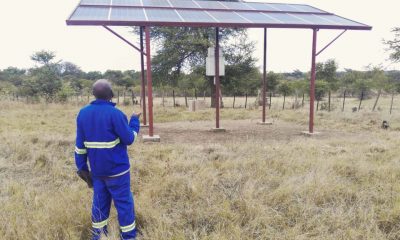
 National4 years ago
National4 years ago
 Opinion3 years ago
Opinion3 years ago
 Tourism and Environment4 years ago
Tourism and Environment4 years ago
 National2 years ago
National2 years ago
 National3 years ago
National3 years ago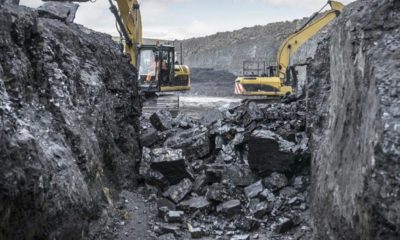
 National2 years ago
National2 years ago
 National4 years ago
National4 years ago



